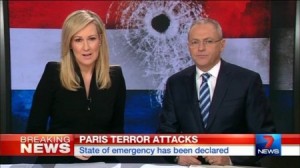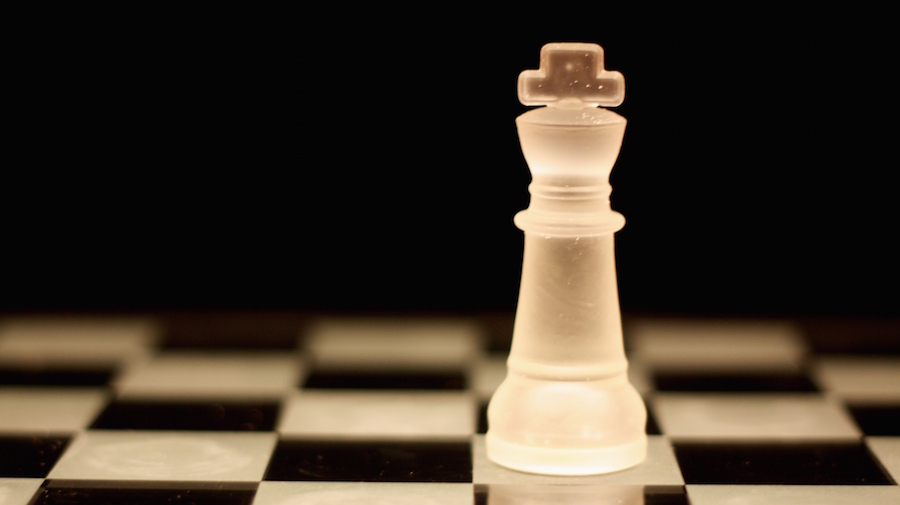By thinking about the wider context around shared UGC you can often avoid a lengthy forensic verification process where it isn’t required. For publishers looking at how they tackle competition with platforms – it is easy. Context is where you can make a distinction through strong editorial work and storytelling.
The four kingdoms of context…
1. Data: the when, the where and the what
The nature of witnessing a newsworthy event means people often upload content very quickly to the platform they are most comfortable with. Someone watching that video may find it on social media, where there may not be any contextual information. It isn’t the fault of the uploader, they were most likely just sharing it with their friends.
In breaking news it might be fair to say that an audience already has some information and is therefore hunting out a video, but in more evergreen content this won’t be the case. A lot of work may have gone into verifying the video’s authenticity and determining that it is in fact new content.
Yet embedding it quickly and directly from YouTube — without giving the essentials such as the what, when and where — you are adding absolutely nothing for that viewer who has taken the time to switch to your news programme or navigate to your site.
If you have time to invest in the story by actually speaking to the people who filmed the content or who were directly involved in the event, you are adding yet more context. You are also telling a story.
Giving information that shows you have investigated the veracity of the content will lead audiences to seek that context from you the next time. They may view it on a social platform or network first but will know to come to you for the nuts and bolts of the story, even shortly after it emerges.
2. Perspective: the second angle
Is there another photo or video of the same event that puts the first image you get into context? An anecdotal example of this would be a close-up Instagram image of rioters attacking a police line. That photo might give the impression of a large-scale riot. However, a crowd of people always looks big closer to the camera and a second image might show it is actually a small, localised incident. Tell the news desk to stand down the reporters they were planning to deploy.
Seems world leaders didn’t “lead” #CharlieHebdo marchers in Paris but conducted photo op on empty, guarded street pic.twitter.com/bhhXgAhqDR
— Borzou Daragahi (@borzou) January 12, 2015
The second angle doesn’t have to be visual. Most organisations have a two source policy when reporting breaking news, the same should apply to social sources. You can help connect the dots for your audience when the bigger picture might not be immediately clear, especially in the social bubble many get caught up in. By quickly ascertaining the size or seriousness of an event you can make the best use of resources that might be on the ground, deploying them appropriately.
3. Efficiency: think context, save time
Instead of jumping head first into a forensic analysis of a photo, take a few seconds to look at the context of that picture in the social space. Take the example of the Dutch flag mistakenly used in the background of a Seven News programme in Australia. Many heard about it because the screenshots started to spread across Twitter.
A tale of two flags. pic.twitter.com/Rd1t4d0Pwt
— Brett Debritz (@debritz) November 14, 2015
Some eager verifiers might start running this through various photo analysis tools, when instead you can work with what you see to give you a reasonable idea, short of confirmation from the network that it really happened.
 1. However bad they look, mistakes can happen to the most experienced newsrooms. During huge breaking stories things happen quickly and everyone from the news desk to the graphics department is under pressure.
1. However bad they look, mistakes can happen to the most experienced newsrooms. During huge breaking stories things happen quickly and everyone from the news desk to the graphics department is under pressure.
2. Take a look at the two pictures that were spread around. The anchors are in two different positions. The bullet hole is in two different positions. The strap at the bottom is different text. To replicate all of those separate elements in a doctored photo isn’t going to be quick and not much time occurred between these images being shared.
 3. It’s not to say it couldn’t happen but but in the grand scheme of things it is a really weird thing to fake. And regardless, confirmation should be sought by calling their press office.
3. It’s not to say it couldn’t happen but but in the grand scheme of things it is a really weird thing to fake. And regardless, confirmation should be sought by calling their press office.
You will ultimately save time by not having to do painstaking forensic analysis when the wider context will probably give you the answer anyway.
4. Data: more sources, more evidence over time
The what, the where, the when. Breaking out of the social bubble. Two sources on social. All of these elements are about collecting more data in order to provide context about how the UGC was created (or shared) for the sake of those verifying. For the audience, it is about explaining the context of the events that they are witnessing through digital media.
The more current or historical data sources that we can introduce, the better we can explain what is going on.
In the future this means having access to — and being able to draw a connection between— a farmer’s Instagram photo of his failing harvest with crop yield data and the current price of corn. It means the rising prominence of an anti-regime hashtag and protest imagery in an area where you previously never thought there would never be an uprising, causes you to widen your monitoring and start assessing the wider political context in that location.



